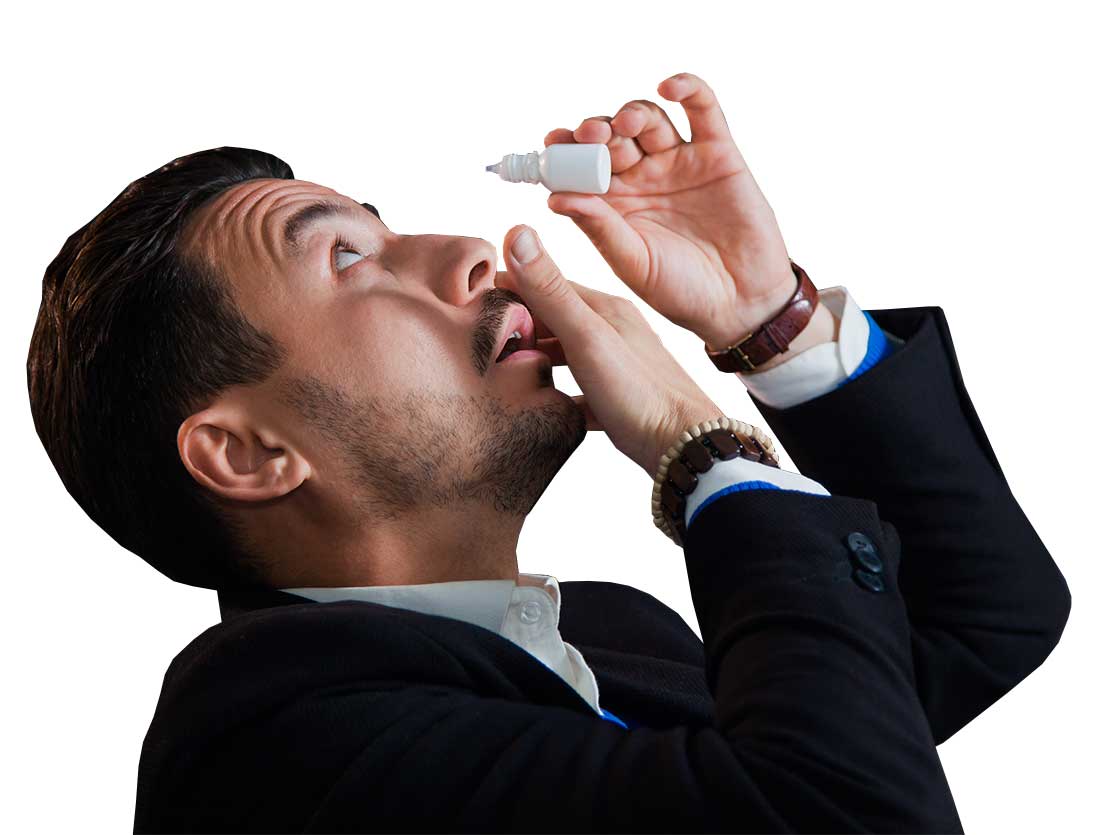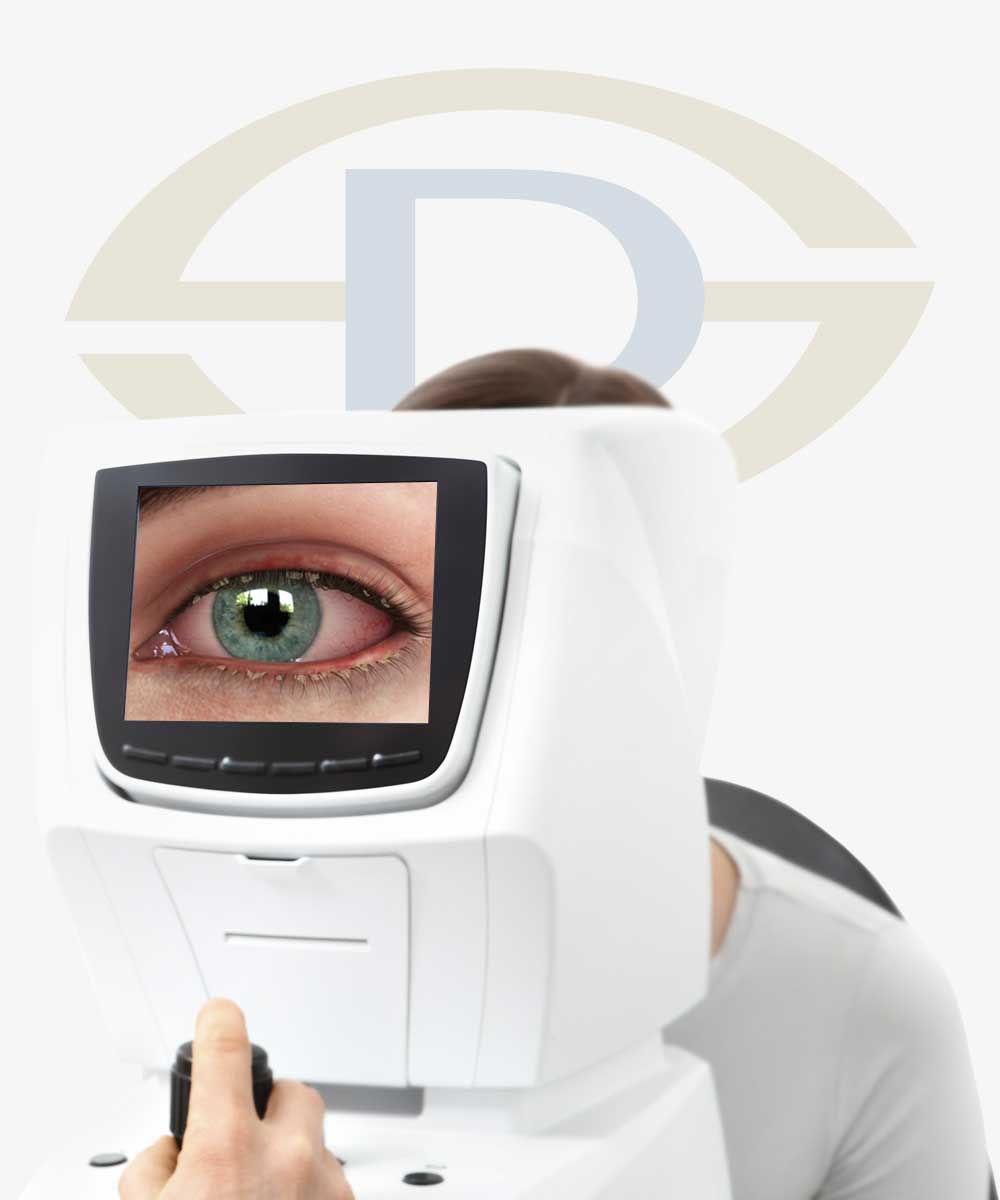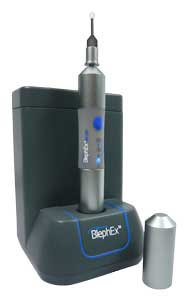
Dry Eye
Our Services
Are your eyes red, irritated, burning, stinging, scratchy?
The team at Del Negro & Senft Eye Associates will diagnose and treat your dry eye symptoms so you can get back to living your life free from irritation.

WHAT IS DRY EYE SYNDROME?
The eye depends on the flow of tears to provide constant moisture and lubrication to maintain vision and comfort. Tears are a combination of water (for moisture), oils (for lubrication), mucus (for even spreading), and antibiotics and special proteins (for resistance to infection). These components are secreted by special glands located around the eye. When there is an imbalance in this tear system, a person may experience the symptoms of dry eye syndrome.
CONTINUE READING ABOUT DRY EYE SYNDROMEBLEPHARITIS
Blepharitis, also known as eyelid margin disease, is a persistent and common condition that causes inflammation of the eyelids. The dryness that results from this condition might also result in discomfort and, occasionally, blurred vision.
Symptoms:
- Eyelid and eye surface irritation
- Itching of the eye
- Redness of the eye
- Gritty sensation like sand in the eye
- Sensitivity to light
- Crusting of lashes upon waking
With Blepharitis, oily particles and bacteria accumulate near the base of the eyelashes of both the upper and lower eyelids. This may cause itchiness, irritation, redness, and burning or stinging of the eyes. This condition frequently occurs in people who have a tendency toward dry eyes, oily skin, or dandruff. Acne, rosacea, and eczema are frequently associated with some form of lid margin disease. The condition can be difficult to manage because it tends to recur.
CONTINUE READING ABOUT BLEPHARITIS

UNDERSTANDING MEIBOMIAN GLAND DYSFUNCTION OR MGD
Many commonly attribute their eye discomfort to dry eye, when a leading cause of the burning, scratching and redness is Meibomian Gland Dysfunction or MGD.
MGD occurs when there is a compromise to the function and/or structure of the Meibomian glands. These glands, located in the eyelids, produce the protective oily (lipid) layer of the tear film. This oil helps protect the surface of the eye from disease and prevents the watery part of the tears from evaporating when your eyes are open. Without these oils, the eyes become more susceptible to the negative effects that dry climates, air conditioning, computer use, reading and other daily activities can have on the long-term health of our eyes.
The Advantages are Clear
Our Dry Eye Team has many years’ experience diagnosing and providing relief to those suffering from the frustrating symptoms of dry eye.
A Customized Treatment Plan will be developed by your physician to make you comfortable so you can get back to enjoying your daily activities.
Advanced treatments, such as BlephEx™, are options for ideal candidates.
Request an Appointment
Our goal is to contact you by phone within 24 hours of submission. If you find yourself in an EMERGENCY situation, please CALL 732-774-5566 instead.




 We are pleased to offer a revolutionary treatment as part of our comprehensive Dry Eye Services Program. BlephEx is designed to provide a deep cleaning to compromised lids 3-4 times a year to fight against the annoying and inconvenient symptoms of dry eye.
We are pleased to offer a revolutionary treatment as part of our comprehensive Dry Eye Services Program. BlephEx is designed to provide a deep cleaning to compromised lids 3-4 times a year to fight against the annoying and inconvenient symptoms of dry eye.